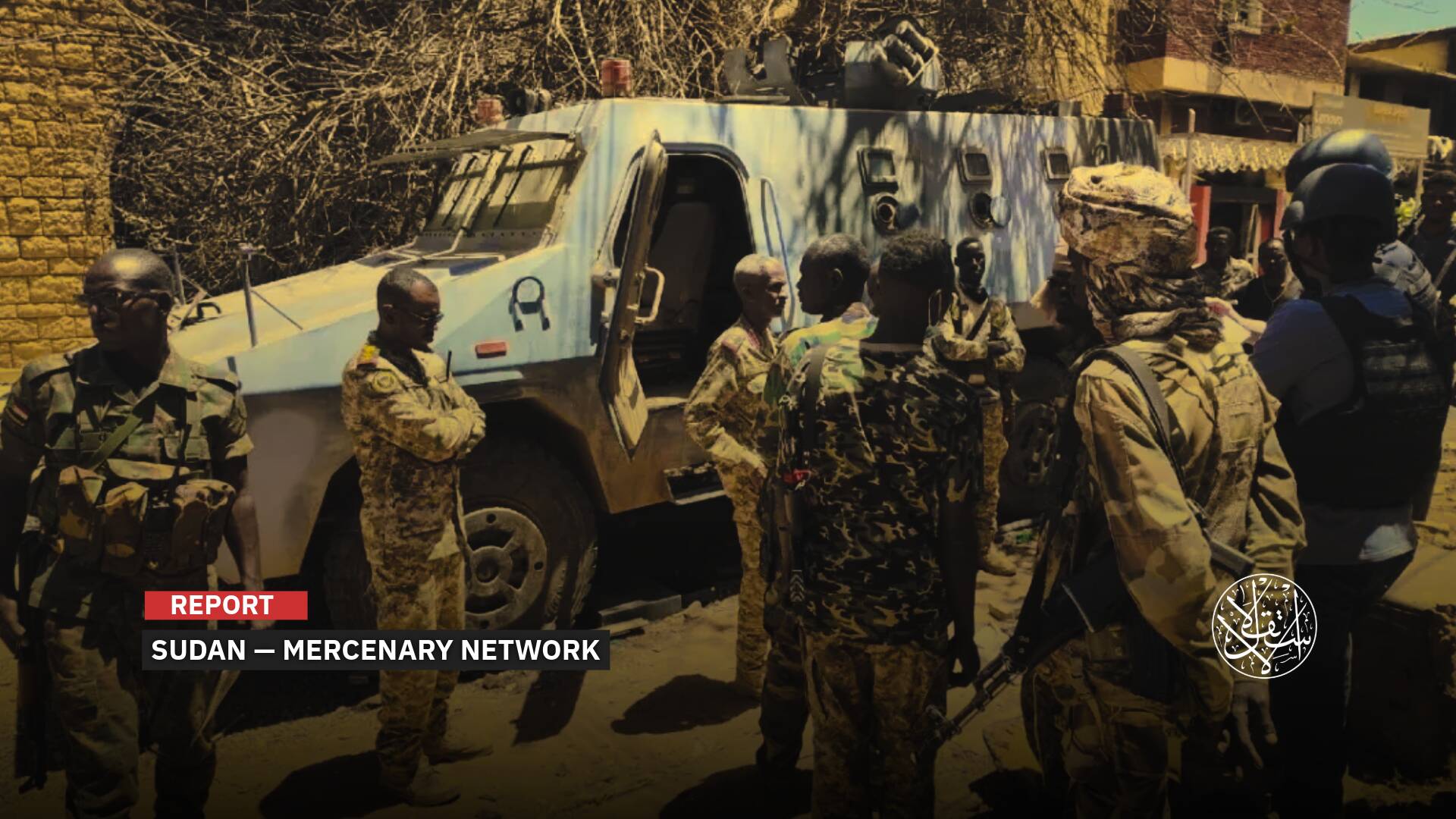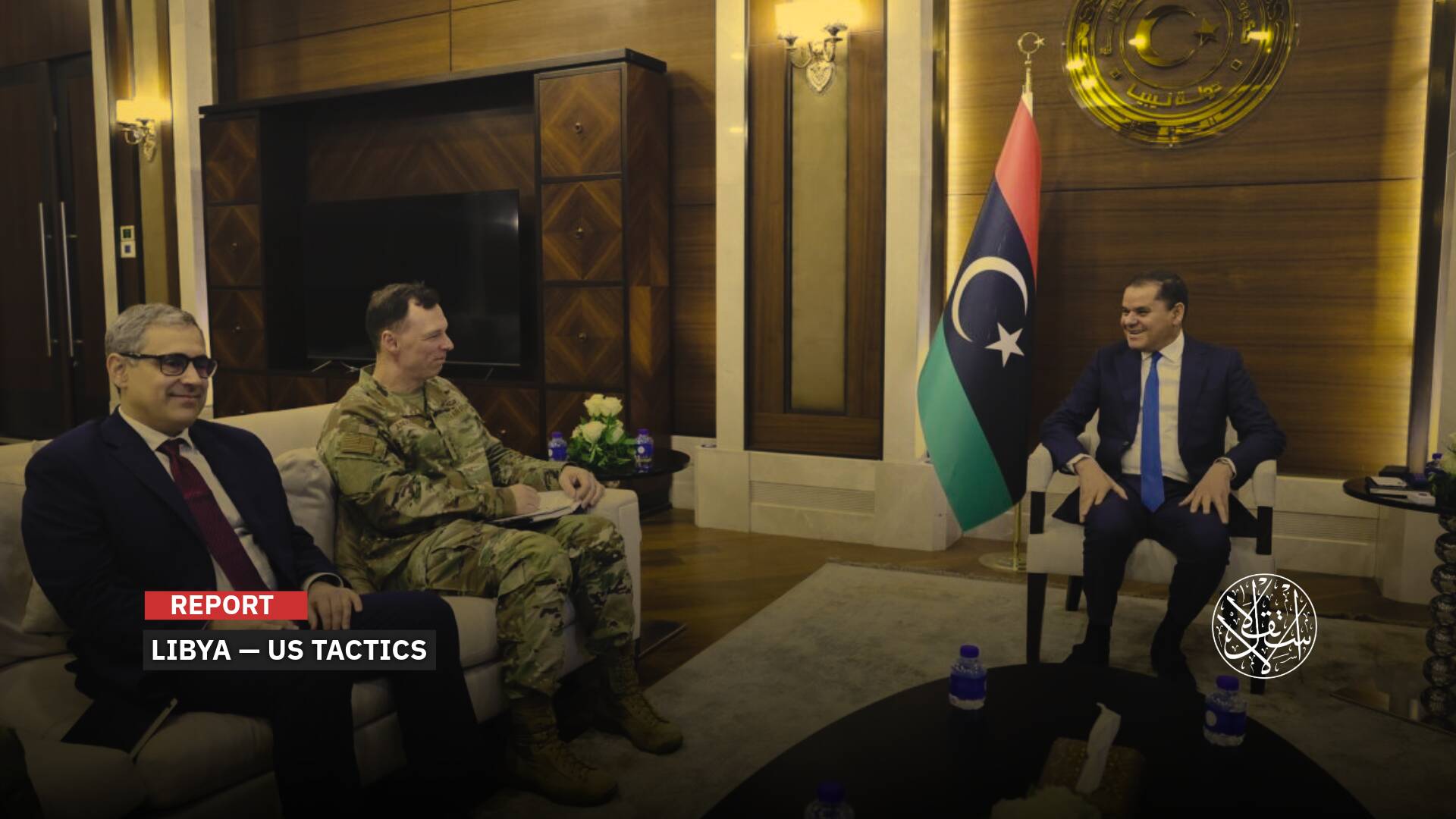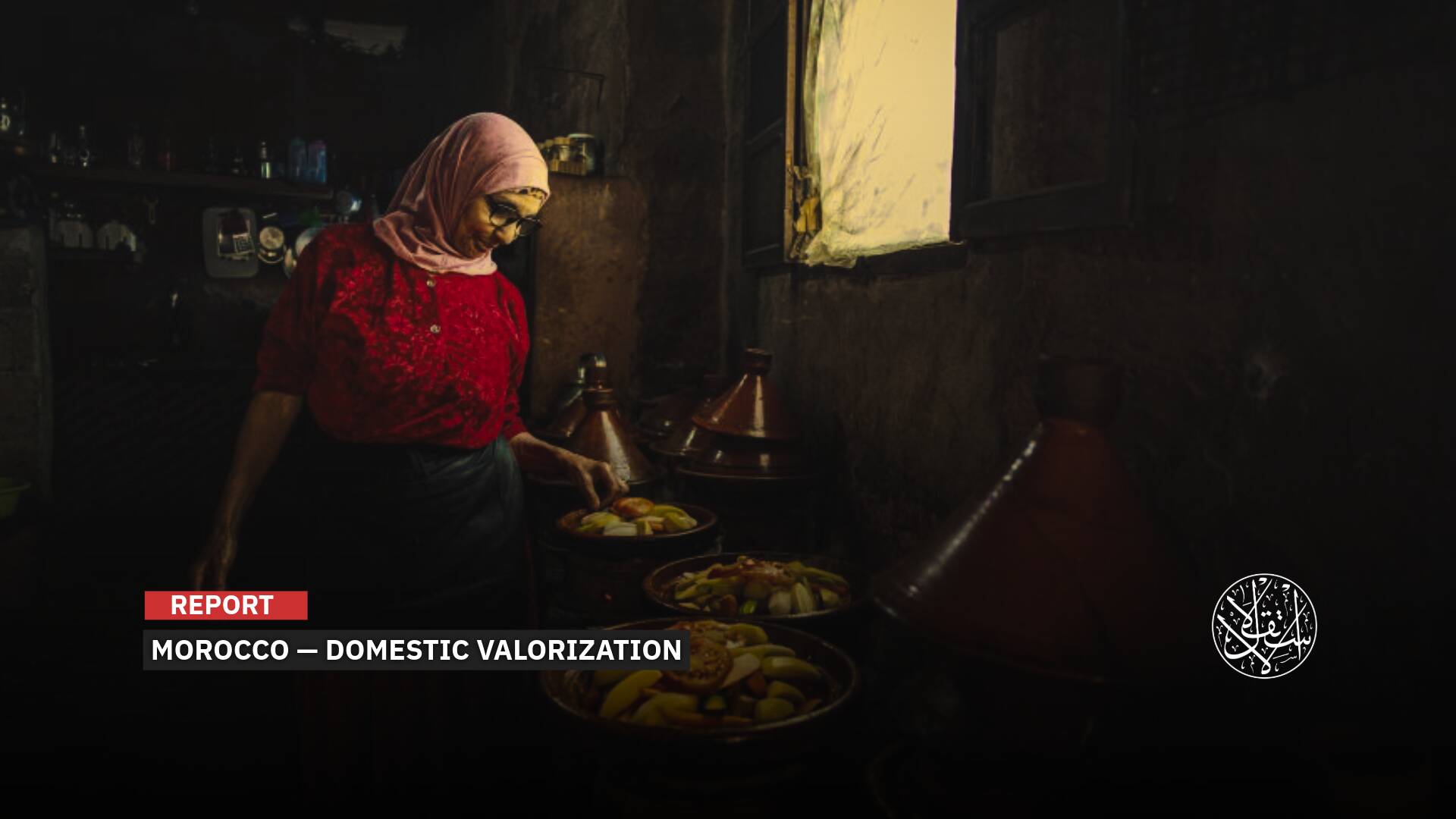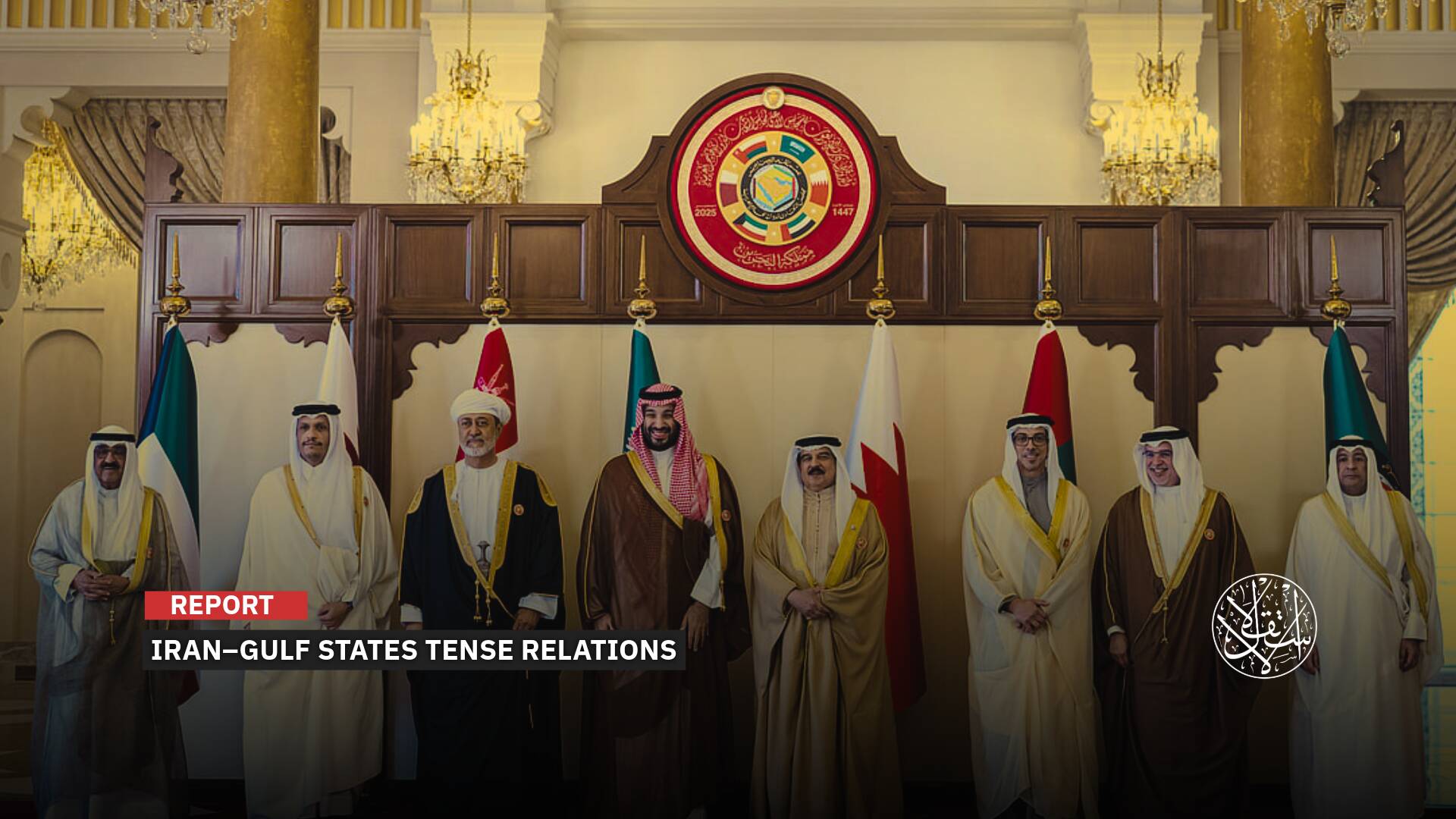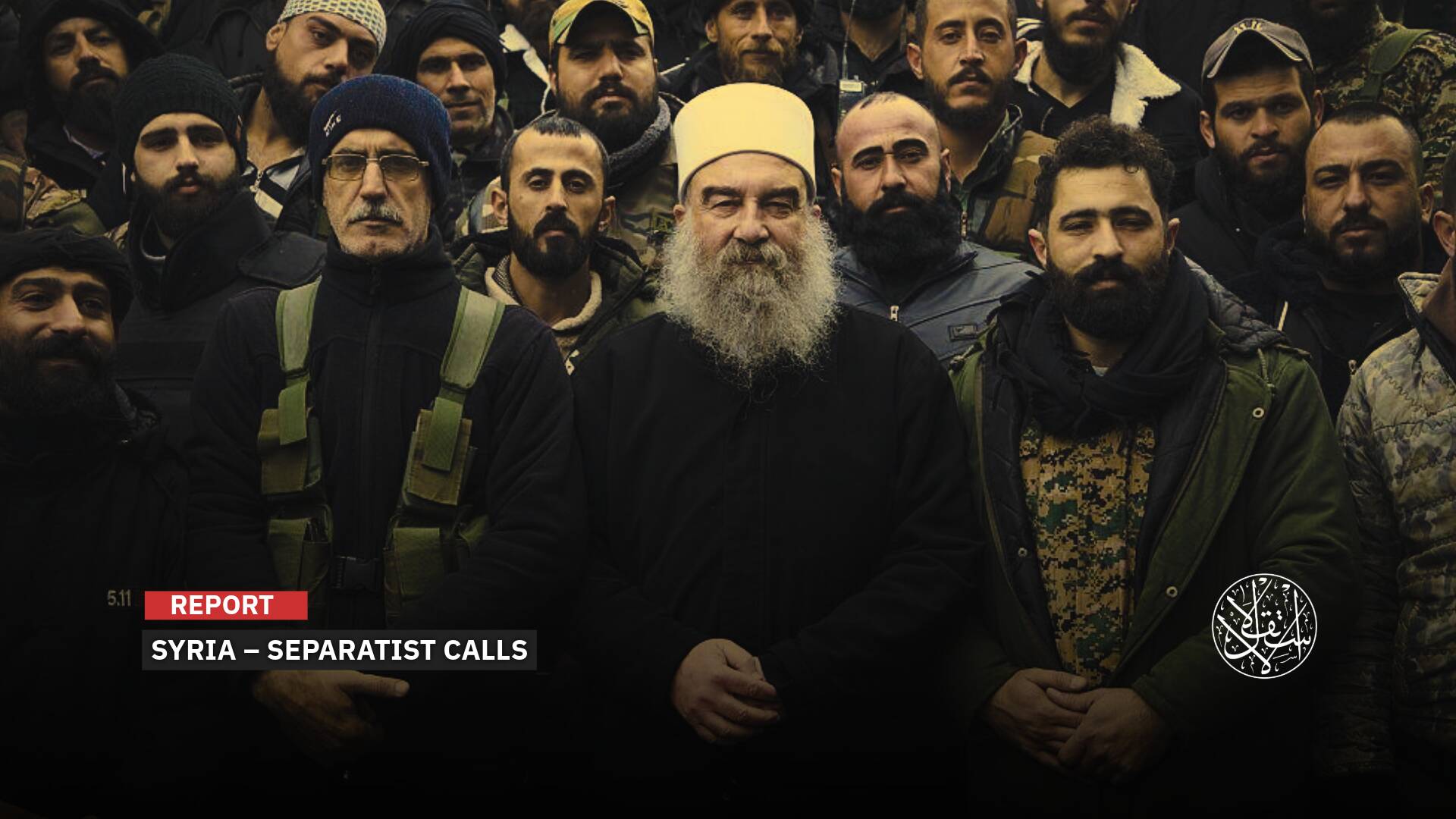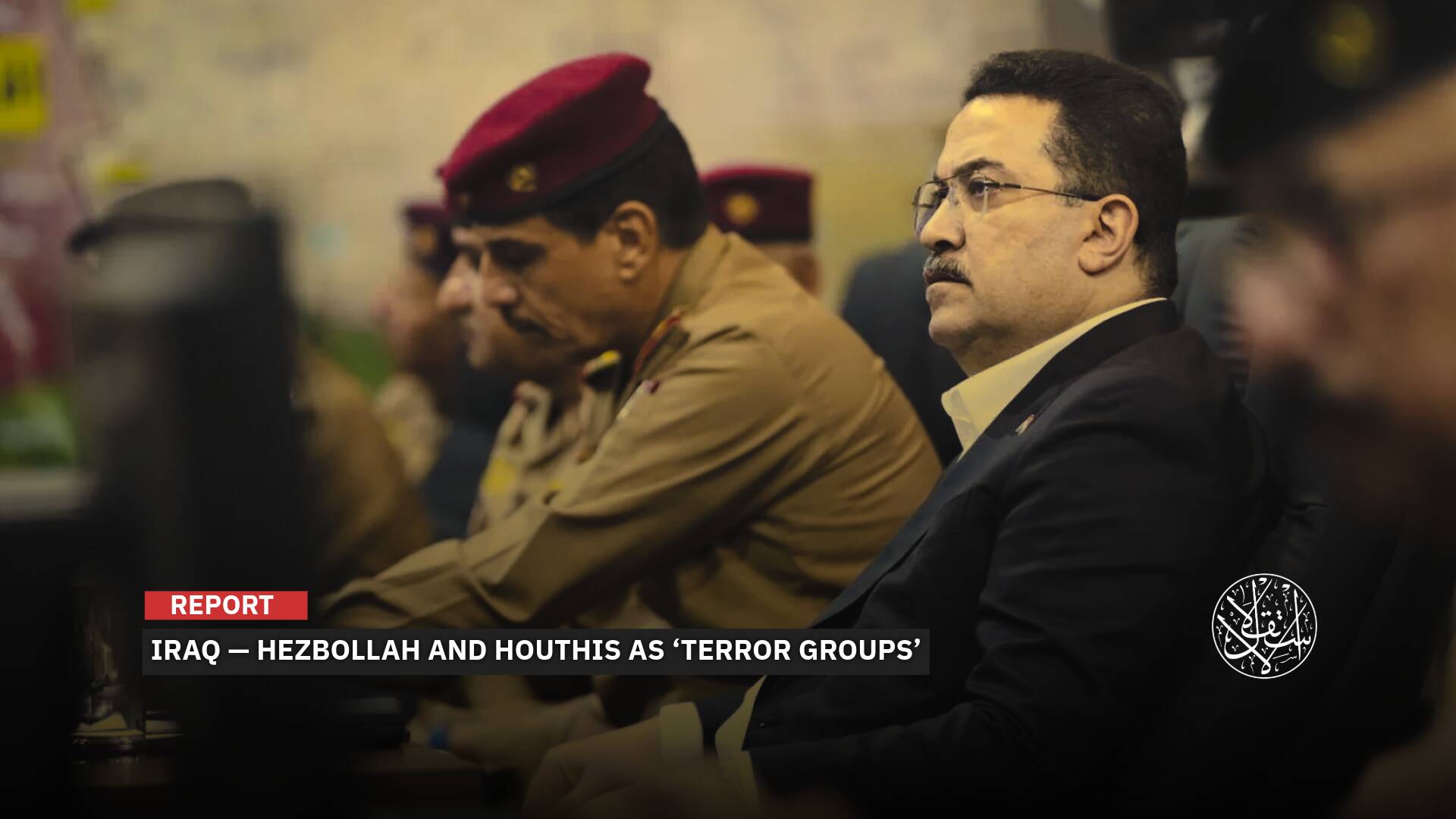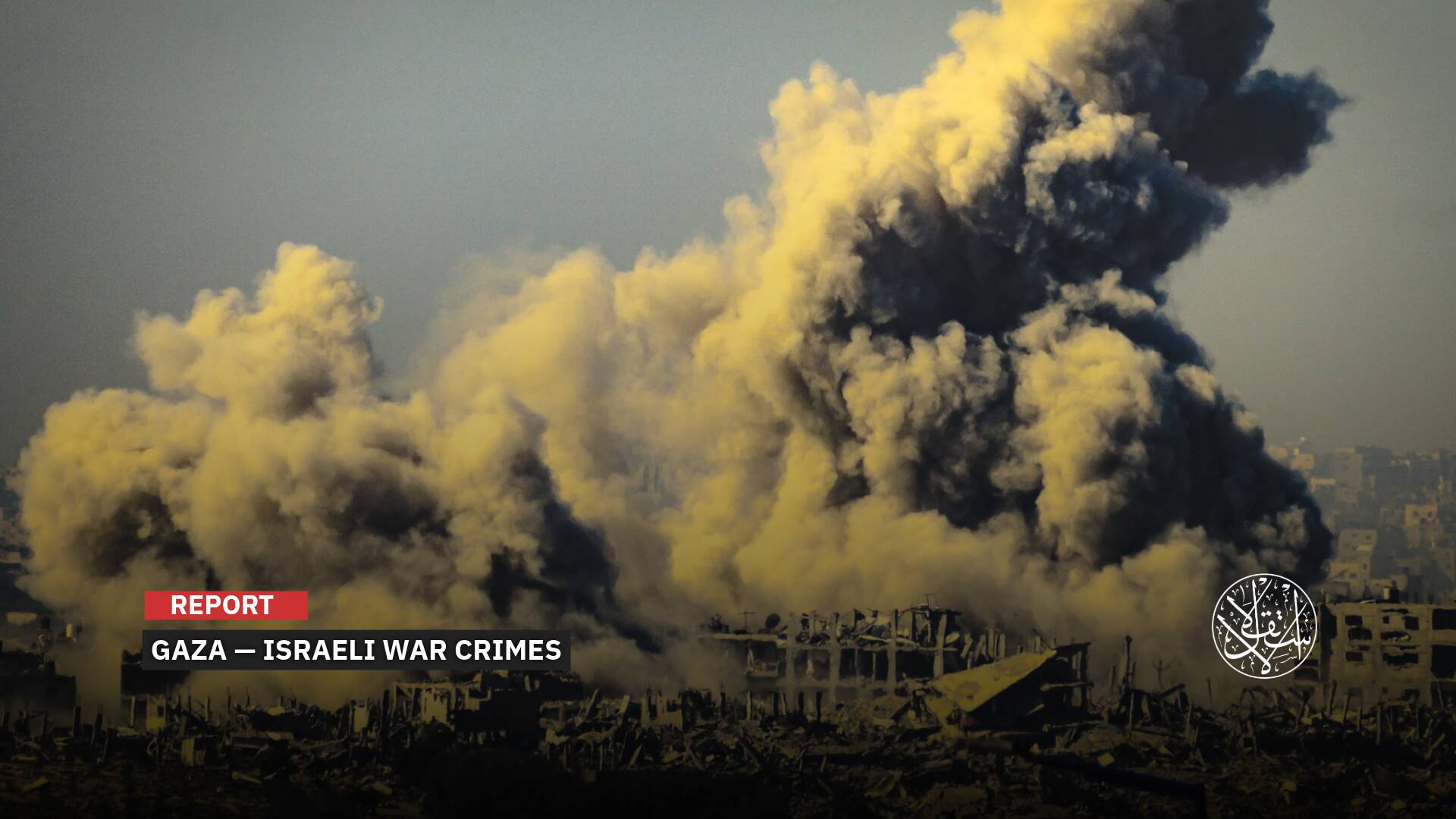As Displaced Syrians Return, How Is the Country Handling Landmines and Unexploded Ordnance?

War remnants and landmines undermine Syrians’ return home.
As displaced Syrians make their way back to devastated towns, a deadly pattern is emerging—children and women are killed almost daily by landmines and unexploded ordnance left behind by war.
Despite limited efforts by individuals and a few organizations, the scale of contamination far exceeds capacity. For over a decade, Bashar al-Assad’s regime and allied militias have littered cities and countryside with thousands of landmines, leaving behind a hidden but persistent threat.
A Legacy of Explosives
Since the collapse of Assad’s regime on December 8, 2024, dozens have died from mine explosions near homes and farmland in once-abandoned towns. The absence of a national mine-clearing strategy has become deadly—several civilians have been killed while attempting to dismantle mines themselves.
In a tragic incident on April 3, 2025, three members of a single family were killed and others injured when a landmine detonated in al-Shoula, southwest of Deir ez-Zor.
Just weeks earlier, on March 15, an explosion in Latakia claimed the lives of 16 people, including children and women, after someone attempted to dismantle war remnants inside a scrap shop located in a residential building, according to Syria’s state news agency, SANA.
The Syrian Civil Defense (White Helmets) documented 96 civilian deaths—including 23 children and 9 women—and 133 injuries, many critical, from November 27, 2024, to March 15, 2025, due to landmines and unexploded munitions.
These remnants of war—silent and scattered—continue to kill long after battles end. Addressing this deadly legacy requires serious local and international collaboration. Over the past 14 years, various factions have turned landmine deployment into a calculated weapon of war.
Syria is now among the world’s most heavily contaminated countries. The northeast, in particular, remains a minefield of deadly hazards. Thousands of mines, shells, and unexploded bombs are scattered across major cities and rural areas that witnessed intense military operations.
A 2024 survey identified 749 hazardous zones in northeast Syria—covering an enormous 38 million square meters.
Since 2011, landmines have claimed the lives of at least 3,472 civilians in Syria, including 919 children.
The widespread presence of mines and UXOs has crippled mobility and paralyzed daily life. It has stunted agriculture, halted reconstruction, and added deep psychological and social scars to an already fragile society.
The most dangerous legacy is human: unexploded bombs and mines remain lodged in homes, fields, and even playgrounds. Many of these will remain active for years—if not decades—posing a constant threat to Syrians trying to rebuild their lives.
In many ways, the war hasn’t ended. It’s just gone underground.

Specialized Teams
Nearly every day, explosions from war remnants shake towns and cities across Syria. Landmines planted by the Assad regime and allied militias continue to pose a deadly threat, leaving civilians with life-altering injuries and preventing them from returning home or moving freely.
The Syrian Civil Defense regularly warns of the dangers lurking in streets and rubble—mines buried in roads, wedged between collapsed homes—urging people to exercise caution and take safety measures to prevent more deaths.
In a statement issued on April 3, 2025, the International Committee of the Red Cross (ICRC) noted that as civilians return to their hometowns after years of displacement, many unknowingly enter highly contaminated areas. Economic hardship has also driven some to collect scrap metal—including explosive remnants—to survive, amid the absence of any comprehensive mine-clearing programs.
What’s even more alarming: in the absence of state-backed demining, families are taking matters into their own hands—attempting to clear mines from their land to make it safe again. Tragically, many have died in the process.
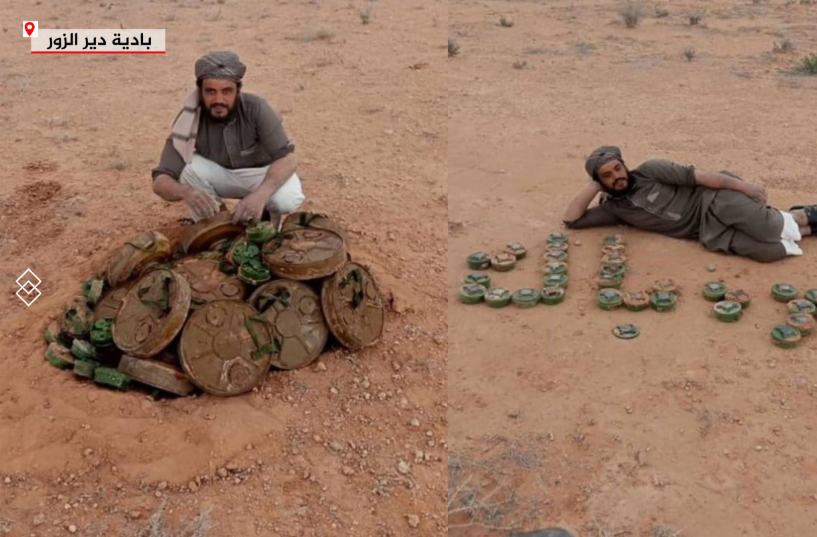
Since the fall of the Assad regime, 35-year-old Fahd al-Ghajar had been documenting his perilous mission on Facebook—removing landmines across Syria. In one post, he proudly shared photos of a cleared grazing field, writing: “The best part is the end.”
In February 2025, after the death of a colleague, he wrote: “Syria is free, but we— the engineering team— lose someone every day. In the end, we’re all dead. What matters is clearing the country.”
Just days later, on February 21, Ghajar was killed when a landmine exploded in a northern Syrian field. He had cleared a home nearby, but the blast struck as he inspected the surrounding farmland.
International humanitarian law bans weapons like anti-personnel mines and cluster munitions, requiring warring parties to protect civilians and limit attacks to military targets. But Syria remains outside key treaties banning such weapons—leaving no legal restraints on their widespread use since 2011.

Practical Steps
Since 2016, the White Helmets have been at the forefront of efforts to clear unexploded ordnance in Syria. Their specialized teams carry out dangerous missions to remove deadly remnants of war, while also running community awareness campaigns to educate civilians about the hidden threats scattered across homes, fields, and roads.
Between 2021 and 2022, the organization destroyed over 900 explosive devices, including more than 21,000 cluster munitions. Four of their volunteers were killed in the line of duty while attempting to make communities safer.
Immediate investment in mine clearance is vital to ensure civilian safety and support Syria’s recovery. The country now requires urgent international assistance to fund demining operations, raise awareness about explosive risks, and provide aid to survivors. Although the cost of clearing mines may run into tens of millions of dollars, it remains a small price to pay compared to the number of lives that can be saved—particularly those of children, who are more vulnerable due to their curiosity and lack of awareness.
“The Syrian state must form dedicated teams to remove landmines, unexploded ordnance, and cluster bombs—a task that has become monumental given the vast areas affected by over 14 years of warfare,” Colonel Ismail Ayoub, a defector from the former Assad regime’s army, told Al-Estiklal.
“The Assad regime dropped millions of mines and cluster bombs, and around 10% of the latter typically fail to explode, leaving a deadly legacy for families and young children who unknowingly play with them.”
He pointed out that Syria already has highly skilled officers with expertise in explosive disposal. “These individuals can be brought together to form national teams, and Syria can seek support from friendly and allied countries to launch effective clearance operations using a range of modern, specialized equipment,” he said.
Ayoub also called on international donors to increase support and expand the availability of advanced tools and technologies to help locate and safely remove unexploded mines and ordnance. “This is not just about equipment,” he stressed, “but about saving lives and giving communities the confidence to rebuild.”
“It’s a daunting task, but not an impossible one. It requires commitment from the government, the allocation of a dedicated budget, and the full deployment of specialized teams tasked with developing a comprehensive plan tailored to each affected area,” the colonel added.
“The opposition had already begun mine clearance efforts in northern Syria before Assad’s fall in those regions, and these efforts can be expanded across the entire country. What’s needed is a well-structured, technically sound national plan—executed with precision and free from operational errors.”

International Experiences
In this context, the experiences of countries that have endured war and undertaken post-conflict mine clearance efforts are among the most valuable models for Syria to follow, particularly in preventing further civilian casualties.
When the Dayton Peace Agreement was reached in 1995, clearing landmines in Bosnia and Herzegovina emerged as a major challenge. To address this, Slovenia established the International Trust Fund for Demining and Mine Victims Assistance in 1998—an independent, humanitarian, non-profit organization designed to support Bosnia and Herzegovina in implementing the peace agreement and providing assistance for post-conflict rehabilitation.
Building on the success of that initiative, Slovenia now supports mine clearance and post-conflict recovery efforts in countries around the world. A significant portion of Slovenia’s official development aid is allocated to mine action, particularly in Ukraine and several countries in the Middle East and Asia.
In 2021, Slovenia allocated the highest percentage (20.2%) of its peace-related official development assistance to landmine and explosive remnants of war clearance—far surpassing the Development Assistance Committee (DAC) average of 2.1%.
Mine clearance requires a long-term commitment and becomes most effective when coupled with economic, psychological, and social support for mine victims. Increasing financial resources dedicated to demining and the removal of explosive remnants of war remains one of the most critical elements in this field.
Equally important is ensuring the efficiency of mine clearance operations, which hinges on the deployment of specialized teams trained to detect, remove, and safely destroy unexploded ordnance. Raising public awareness is also key—especially through risk education campaigns and mobile alerts to inform civilians of potential threats in affected areas.
Sources
- Slovenia’s experience in removing mines and explosive remnants of war
- Landmines in Syria kill hundreds of civilians returning home after fall of Assad
- Syria’s explosive remnants endanger a generation of innocents
- A man and his two sons were killed in a landmine explosion in the Deir ez-Zor desert. [Arabic]
- War’s Deadly Legacy: 4 Civilians Killed, 3 Injured in Four Explosions from Remnants of War [Arabic]




